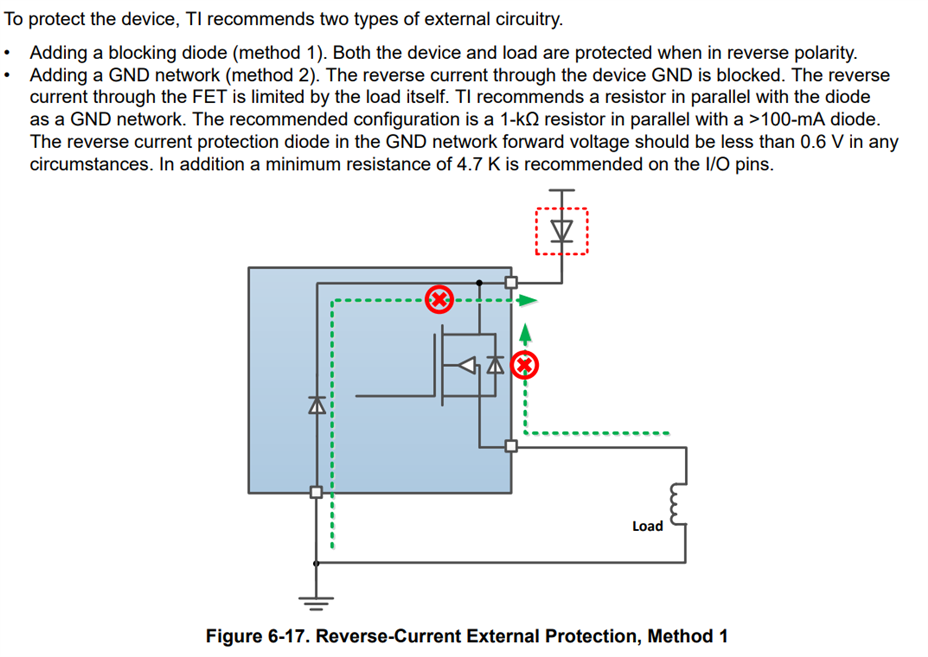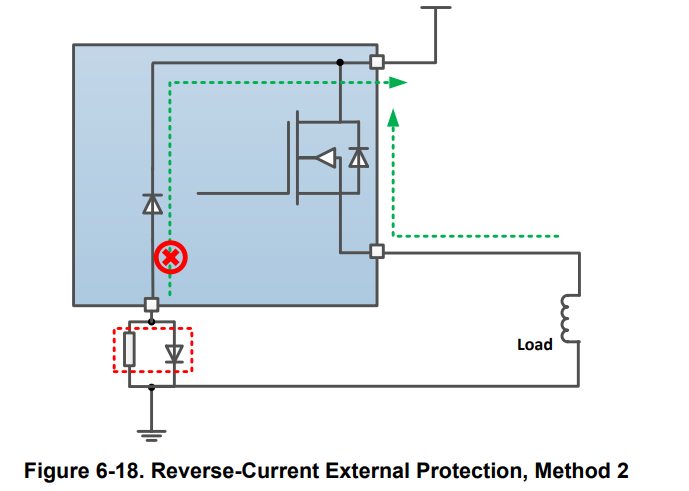Tool/software:
Hi Team,
We are using TPS1H000AQDGNRQ1 in our project, Customer has reported us that the IC has blown up, So we are suspecting few possibilities that could cause the IC to get damaged, few of them are below.
1. What happen if output get shorted to GND?
2. What happen if output (24V) of the IC is connected to power supply(24V) directly?
Could you please clarify that on above scenarios, will affect the IC to get blown?
Best Regards,
Tejas




